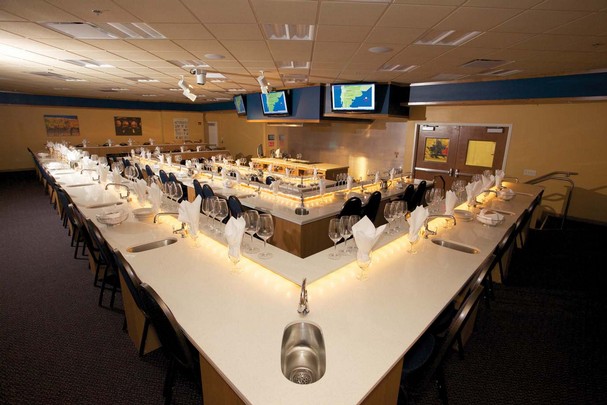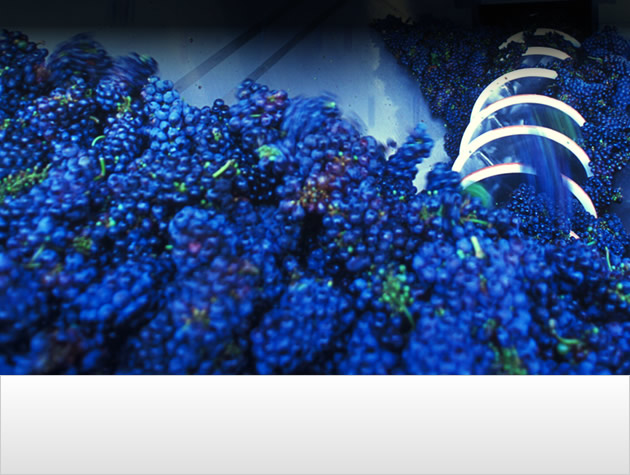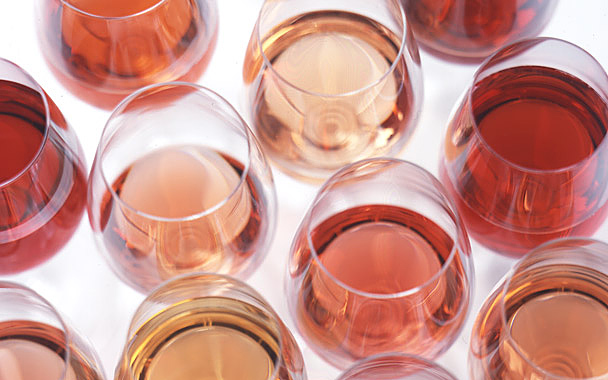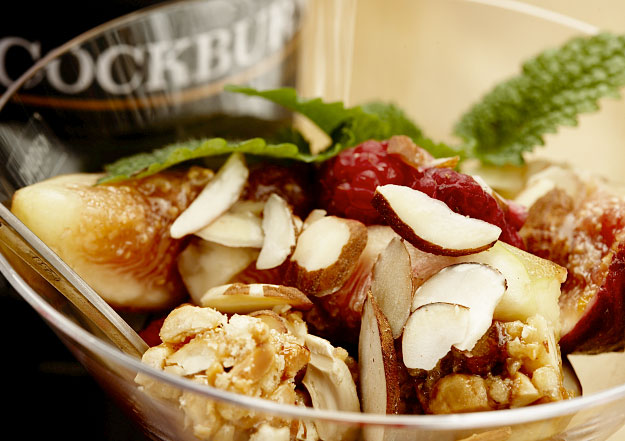The Mad Scientists

People often have the perception that the wine industry is all picturesque postcards with sophisticated people standing around pontificating on the finer points of their latest bottled masterpiece. That may be the case if you’re a well paid critic whose entire job is nothing but going from tasting room to tasting room. The typical is far less glamorous.
While many people think of the art and romance of wine, there’s a great deal of science that goes into your average winery. Want to become a serious winemaker? Study your chemistry, microbiology, physics, and horticulture.
I wanted to take you behind the scenes once again and look at what is probably the least understood part of the winery to the average person, the wine lab.
There are definite stages to the production of wine, and there are a large number of physical properties that can be analyzed from raw grapes through to finished wine.
The lab year begins in the summer with grape sampling to determine optimum harvest times when fruit in the fields starts approaching maturity. When picking decisions are made, the harvested grapes and their juice are analyzed before fermentation. The fermentation itself is monitored to completion. The green wines are then tracked through aging and final processing until bottled. Each stage focuses on different properties, but several are common throughout.
Sugar
Sugar is arguably the main physical property monitored from fruit sampling through the end of fermentation. It’s usually measured by density, which in the U.S. is most often done with the Brix scale by a hydrometer. It’s not exact, but 1 degree of Brix roughly equates to 10 grams of sugar per liter of liquid. Fully ripe grapes will top out around 25° Brix, but can become more concentrated as fruit starts to raisin. Wine grapes will typically be harvested between 22° to 26° Brix. Thanks to the density properties of alcohol versus water, most wines will normally finish fermentation between -1° to -2° Brix.
pH and Acidity
Once fermentation is finished, winemakers concerned is residual sugar (RS) that might still remain, as RS leads to spoilage concerns and issues of wine being unbalanced towards sweet flavors. RS is usually measured by enzymatic reactions using a spectrophotometer in commercial labs for accurate results, or for quick and simple results by copper sulfate containing tablets such as Clinitest®. The physical property that best reflects the health of wine in terms of prevention from spoilage is pH. This is the easiest test to perform as it’s simply done with a properly calibrated pH meter. The effectiveness of sulfite additions, wine flavor from acidity, color, and many other wine properties are all affected by a wine’s pH. The range is usually 3.0 to 4.0 for most wines, and typically, the lower the number, the happier the winemaker.
Acidity is another major property analyzed. While highly correlated with pH, it is its own measure. Acidity is usually determined by acid/base titration. Grape juice and wine normally range from 4.0 to 8.5 grams per liter, expressed an as equivalent of tartaric acid units, which is the most prominent acid in wine. Acid is extremely important in providing brightness of flavor and in balancing the general sweetness inherent in the fruit.
Malic Acid
Malic acid is specifically monitored as most wines go through a secondary bacterial fermentation that converts the prominent malic acid in grapes to lactic acid. Excess malic acid can cause spoilage issues otherwise. The common tests are done with what’s called paper chromatography for simple results, and with enzymatic analysis by commercial labs for better accuracy. Alcohol is the one property that wineries are actually required to measure by the government for labeling and tax purposes. Distillation or advanced gas and liquid chromatography techniques are the common methods.
Sulfites
The concentration of free and bound sulfites is the last test I’ll touch on. Sulfites are used as an anti-microbial, and also act as a preservative in wine against oxidation. Tests are either done through titration with iodine, or by combined distillation and titration techniques. There are of course many other tests a wine lab can run, but for your typical mom and pop, these are the ones that winemakers would be most concerned with, and can usually monitor with a simple lab set-up.
The numbers are a tool that helps determine wine quality, but at the end of the day, it’s still all about the flavor.




